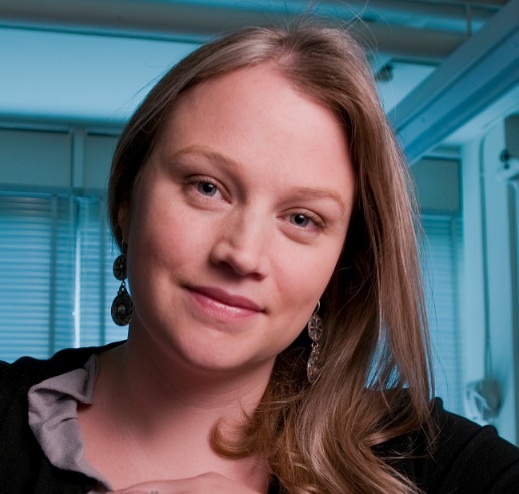|

|
Revolution? Neutrinos and Nanotechnology
| Abstract: |
The last decade has seen a revolution in our understanding of the most mysterious of the Standard Model particles, the neutrino, and this last year has been no exception. In the last year, we have seen exciting results from both double beta decay experiments and experiments measuring the last mixing angle è13. For the most part, the detectors responsible for these measurements use Cerenkov and scintillation light to detect neutrino interactions. The wavelength of this light is matched to the peak efficiency of photo-multiplier tubes. This technique has been finely tuned over the last decades, but no great leaps forward in efficiency have been achieved. Nanotechnology may hold the key to improving both scintillators and photo-detectors. In this talk, I will focus on one particular technology, semiconducting nanocrystals known as quantum dots, and their unique optical properties. I will discuss how their use could enhance the capabilities of new photo-detection technology, and address the needs of the next-generation neutrino experiments. |
| Speaker: |
Lindley Winslow - UCLA |
| Speaker Bio: |
 Lindley was a graduate student (and undergraduate) at Berkeley. She completed a PhD on the KamLAND experiment with Stuart Freedman on solar neutrinos. From there she moved to MIT to work with Janet Conrad on the Double Chooz reactor antineutrino experiment. While at MIT, she started work on an R&D project using nanocrystals in liquid scintillator based detectors. This work earned her and then was supported by the L'Oreal for Women in Science fellowship. This effort will be the topic of today's talk. This work continues along with a new effort on the CUORE neutrinoless double beta decay experiment in her lab at UCLA where she joined the faculty last summer. Lindley was a graduate student (and undergraduate) at Berkeley. She completed a PhD on the KamLAND experiment with Stuart Freedman on solar neutrinos. From there she moved to MIT to work with Janet Conrad on the Double Chooz reactor antineutrino experiment. While at MIT, she started work on an R&D project using nanocrystals in liquid scintillator based detectors. This work earned her and then was supported by the L'Oreal for Women in Science fellowship. This effort will be the topic of today's talk. This work continues along with a new effort on the CUORE neutrinoless double beta decay experiment in her lab at UCLA where she joined the faculty last summer. |
| Poster Link: |
Poster |
| Presentation: |
|
|
 Lindley was a graduate student (and undergraduate) at Berkeley. She completed a PhD on the KamLAND experiment with Stuart Freedman on solar neutrinos. From there she moved to MIT to work with Janet Conrad on the Double Chooz reactor antineutrino experiment. While at MIT, she started work on an R&D project using nanocrystals in liquid scintillator based detectors. This work earned her and then was supported by the L'Oreal for Women in Science fellowship. This effort will be the topic of today's talk. This work continues along with a new effort on the CUORE neutrinoless double beta decay experiment in her lab at UCLA where she joined the faculty last summer.
Lindley was a graduate student (and undergraduate) at Berkeley. She completed a PhD on the KamLAND experiment with Stuart Freedman on solar neutrinos. From there she moved to MIT to work with Janet Conrad on the Double Chooz reactor antineutrino experiment. While at MIT, she started work on an R&D project using nanocrystals in liquid scintillator based detectors. This work earned her and then was supported by the L'Oreal for Women in Science fellowship. This effort will be the topic of today's talk. This work continues along with a new effort on the CUORE neutrinoless double beta decay experiment in her lab at UCLA where she joined the faculty last summer. 
